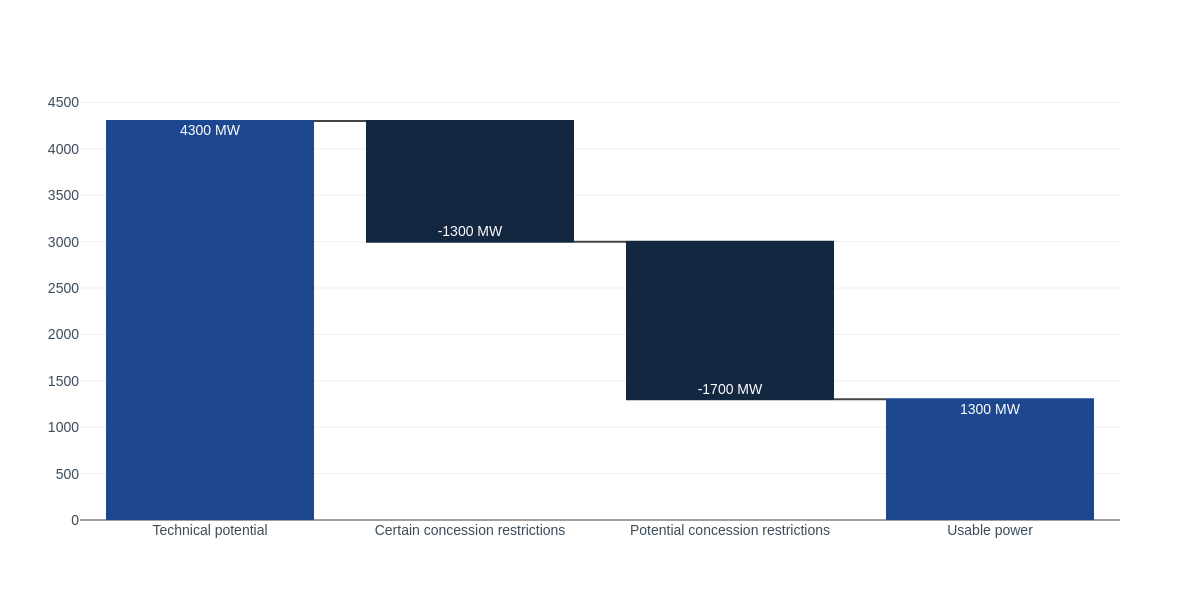Norway’s hydroelectric resources are substantial and firmly established. With over 33 GW of installed capacity and roughly 87 TWh of potential energy storage, this renewable reservoir serves as both a national cornerstone and a key contributor to Europe’s power system. But when it comes to making the most of this resource, there’s a less obvious opportunity worth considering—one that could reduce the need for large-scale battery installations and focus on what Norway already does well: producing reliable, flexible hydropower.
Seasonal Storage: Norway’s Built-In Strength
Norway’s hydropower system, especially plants with large storage reservoirs, is well-suited for holding energy over long periods. By storing surplus electricity during low-demand seasons and releasing it when both demand and prices rise, we can make use of seasonal price differences. This approach keeps hydropower an economical, reliable backbone for a more adaptable power system.
However, this comes with a surprising catch. While large reservoirs are well-suited for seasonal storage, relying on them for shorter-duration balancing can actually raise costs. Every time you use water for quick frequency control or short-term stabilization, you’re giving up the more valuable opportunity to save it for higher-priced periods later on. This opportunity cost makes short-term services more expensive when provided by long-term reservoirs, paving the way for the industry’s usual fallback—batteries—to fill that gap.
The Usual Answer: Batteries (and Their Price Tag)
The energy industry often turns to battery storage to cover short-term balancing needs. A two-hour battery, for example, might cost around 900,000 EUR per MW. In Sweden, about 100 MW of large-scale batteries were connected in 2024, and this figure may reach about 500 MW by 2030. While these numbers show a growing market, they also represent a substantial investment—one that Norway might be able to avoid, if it looks closer to home.
Tapping into the Untapped: Norway’s Smaller Hydro Resources
Enter Norway’s smaller hydro power plants. In total, about 4,300 MW of capacity—around 13% of the country’s installed capacity—is made up of either small hydro facilities (below 10 MW) or run-of-river plants lacking significant storage. Traditionally, these facilities haven’t been considered primary candidates for flexible balancing services because of their limited or nonexistent reservoirs. Yet, taken together, these smaller plants could still offer meaningful contributions.
Of course, not all small or run-of-river plants are suitable. Some are simply too tiny, others have very limited intake capacity, and many face regulatory restrictions that limit how flexibly they can operate. After carefully reviewing these factors and filtering out the ones that can’t help, we’ve identified at least 1,300 MW of smaller plants that could support short-term balancing. This finding suggests we can tap resources that often go overlooked.

Figure1: Power capacity potential
A More Adaptive Control System: Kelda Kraft’s Approach
At Kelda Kraft, we believe even modest-sized hydro plants can be part of the solution. Our idea is to develop a control system that makes the most of the limited storage and capacity these smaller plants have. By bundling multiple facilities—some with as little as a few minutes of storage—into one coordinated, responsive network, we can provide short-term balancing services without leaning heavily on large, costly battery projects.
Figure 2 shows the wide range of storage sizes and reservoir capacities in Norway’s small-to-mid-sized plants. Even those without traditional reservoirs can make a difference if brought into a comprehensive control framework that manages inflows, outflows, and power output in real time.

Figure 2: Storage duration
Overcoming Technical Challenges Through Innovation
We recognize this won’t be straightforward. Each hydro plant has unique technical details and regulatory rules. Many have complex waterway dynamics that must be accurately modeled, tested, and validated in digital twin environments before being safely integrated. But the challenge excites us—these are exactly the types of problems we love solving at Kelda Kraft.
Contributing to Norway’s Energy Future
Our team is growing. We’re looking for people who want to make the Norwegian power system more flexible, more cost-effective, and less dependent on large new infrastructure. At Kelda Kraft, your work will directly shape a more balanced and affordable energy future.
If you own a hydro plant and wonder how it might be put to better use, take a look at our interactive tool. It provides detailed maps of concession rules, storage capacities, and more, helping you understand how your plant could fit into Norway’s evolving energy landscape.
Working Together for a Simpler, Smarter System
We believe there’s a good chance Norway can rely less on expensive battery installations if it makes better use of the hydropower it already has. By recognizing the untapped potential of smaller plants and finding smart ways to integrate them, we can all play a part in building a more sustainable, more efficient power system.